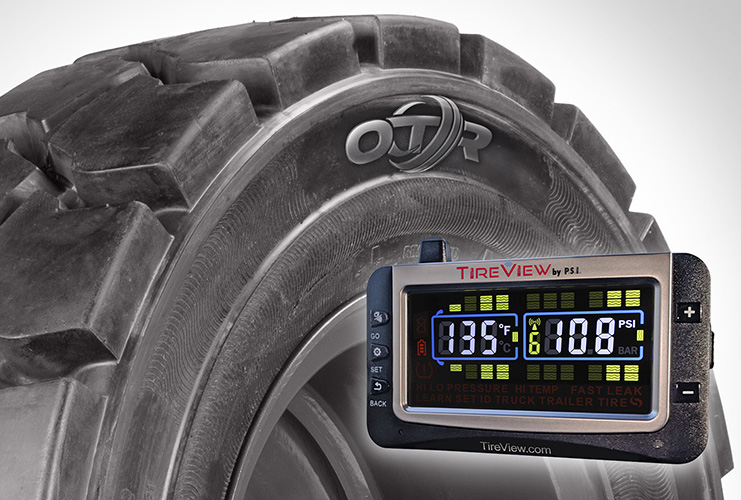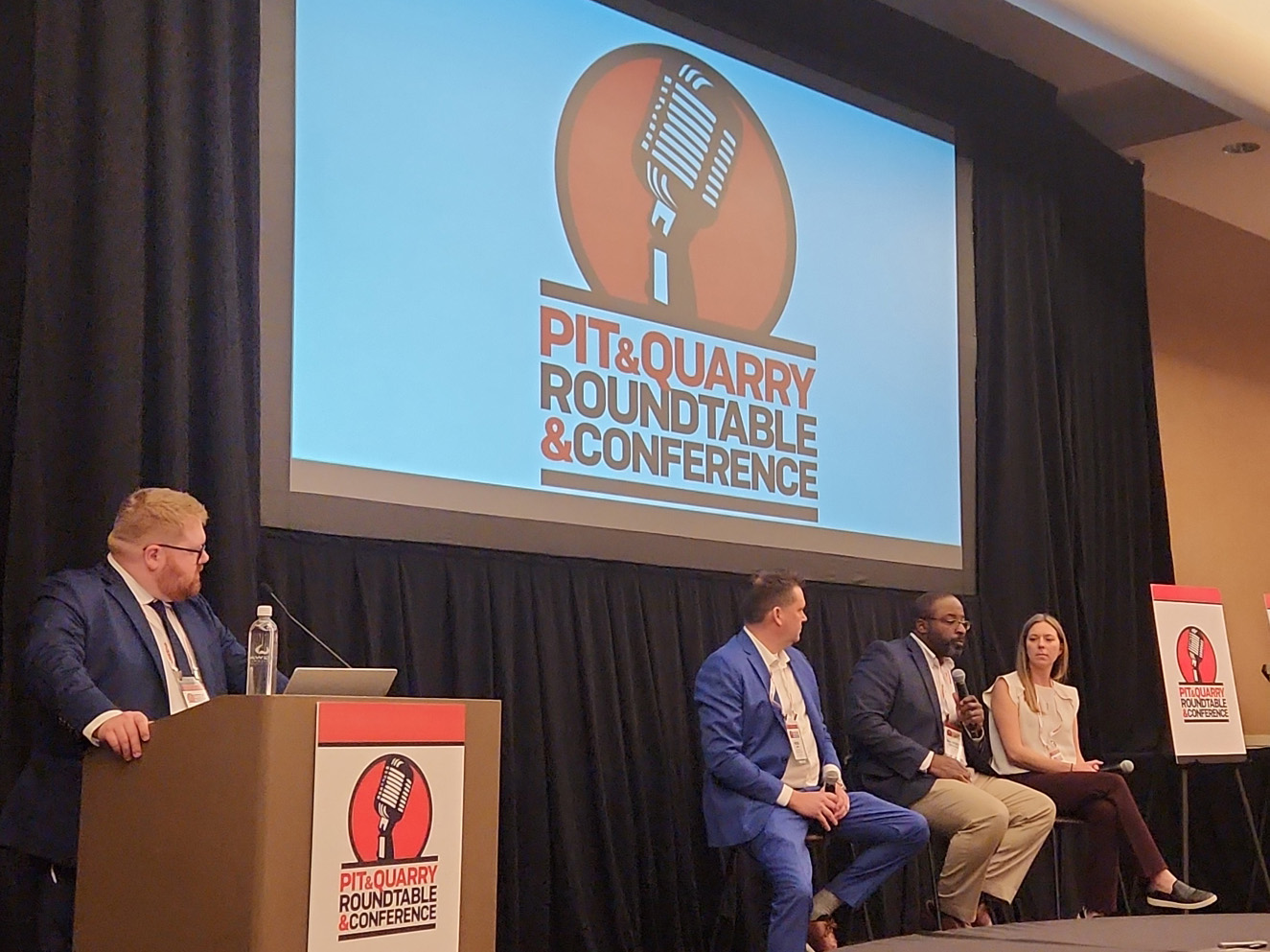

Mine operators and their personnel want to be – and should be – treated fairly and professionally by Mine Safety & Health Administration (MSHA) enforcement personnel.
Most MSHA inspectors do act professionally in carrying out their duties on mine sites, but there are exceptions.
Certain inspectors seem to regularly fall into the category of inspectors who behave badly. Even a generally good inspector may cross the line from time to time.
Regardless of how an inspector may behave, mine management should always be professional with the inspector. Sometimes, an inspector’s problematic conduct has nothing to do with enforcement. The inspector is on the property on official duty, but conduct goes far beyond the bounds of what would be considered appropriate.
Here are some examples that we have encountered over the years:
• Threatened or physical aggression or verbal abuse directed at mine personnel
• Sexual advances toward company personnel, such as unwelcome touching, pressure to go on dates, or lurking around a company employee that makes that person uncomfortable
• Derogatory remarks or inappropriate “jokes” about physical appearance, race, ethnicity, nationality, sexual orientation, religious beliefs or other protected characteristics
• Negative remarks about managers and supervisors, such as statements or behaviors indicating a bias against female mine supervisors, or attempting to undermine management in other ways by communicating to miners unfounded opinions and accusations about mine management or the mine operator
What to do
Whenever a mine operator encounters inspector misconduct such as this, the company may make a formal complaint to the district office.
For more egregious conduct, this may be prudent from a legal standpoint to fulfill the mining company’s responsibilities to protect its employees from harassment and other unwelcome behaviors.
Depending on the circumstances, a first step may be to discuss the situation with the inspector’s field office supervisor. If that does not resolve the issue, elevating the complaint to the district may be necessary to facilitate further review.
In some instances, MSHA may conduct a formal investigation that could include interviews of mine personnel. Those interviews are voluntary, and the witnesses may have anyone with them in the interview that they choose.
MSHA may not be forthcoming with details about the outcome, as this is a government personnel matter. But the mine operator should be told whether the outcome includes an assurance that the inspector will not be returning to the mine. If the inspector does return, the operator will want to keep an eye out for any signs of retaliation.
Other issues
Two other types of inspector issues can stem from an inspector’s on-site enforcement activity.
The first category of issues occurs when an inspector refuses to take reasonable steps to protect his or her own safety while conducting an inspection. Because MSHA has a right of entry to conduct inspections, the operator may not be able to call a halt to an inspection – even though an inspector is putting himself or herself in harm’s way.
The operator can respond, though. The first step would be to discuss the situation with the inspector, advising on the mine’s requirements for PPE in that area, for example, or stating that the mine does not permit entry to a certain location without fall protection or other precautions taken.
The mining personnel in the inspection party should continue to take appropriate safety precautions, regardless of what the inspector chooses for himself or herself. It may be necessary to contact the inspector’s supervisor or the district office.
The bottom line is this is being done for the inspector’s own safety and health. It is not to impede the progress of an inspection. It is also important for inspectors to model good safety practices to help with upholding the safety requirements the mine has in place for its workforce.
Another enforcement-related conduct issue with inspectors can arise out of an inspector having previously worked at a mine or, perhaps, a related mine owned by the same operator – or even a neighboring operator.
MSHA generally keeps inspectors away from places they worked for a period of time post-employment. Sometimes, however, it may appear that inspectors elevate the gravity or negligence on citations unfairly based on a bias against the operation.
In this circumstance, operators can raise the issue with MSHA management. Conferencing and contesting citations is also an option that may help to make the point that the inspector has been overwriting citations at the operation.
Previous column: How MSHA, mine safety should be reshaped in 2025
Bill Doran and Margo Lopez are with the national labor, employment and safety law firm Ogletree Deakins. They can be reached at william.doran@ogletree.com and margaret.lopez@ogletree.com.












